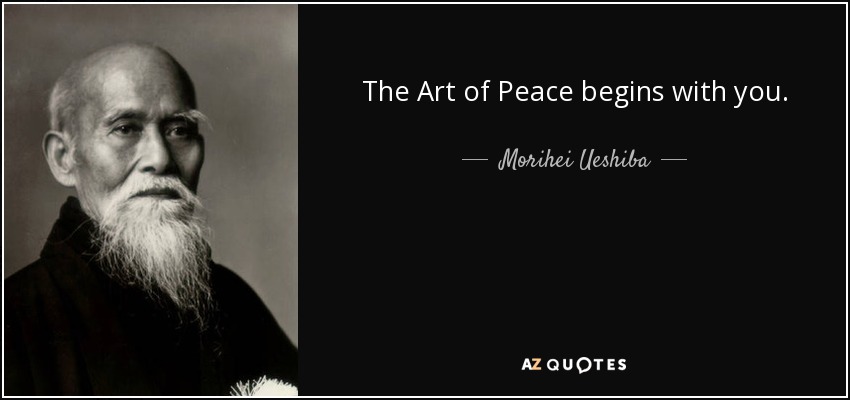In the 20st century, comedy was elevated to new heights: Example: Sasakawa: The philanthropist with the heart of a fascist + The Imperial Ghost in the Neoliberal Machine (Figuring the CIA)
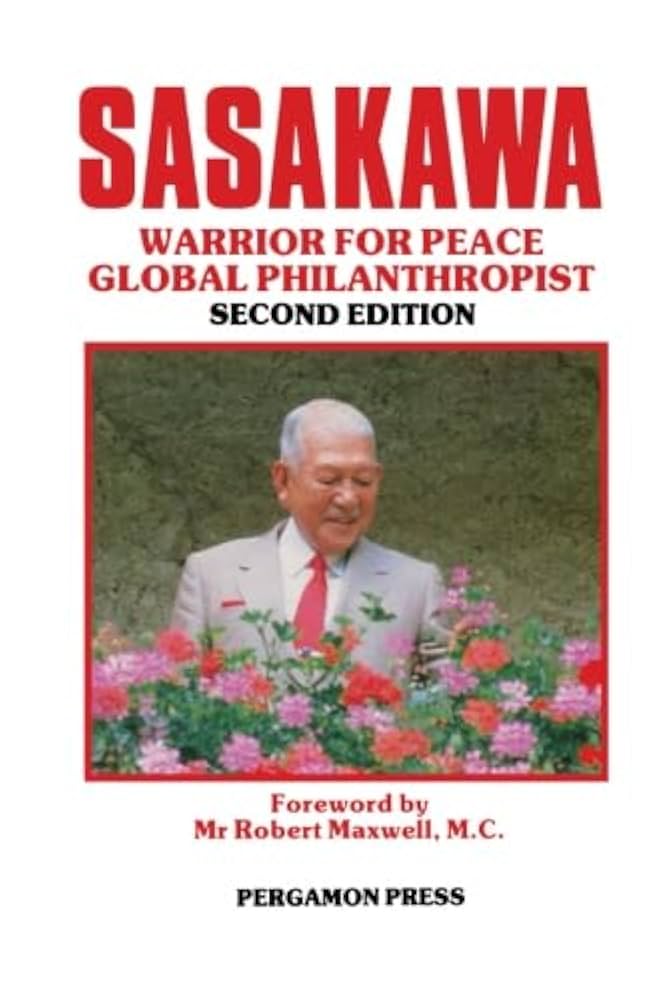
With a net worth estimated by Barrons magazine at $1.3 billion, Sasakawa has spent the last third of his long, extraordinary life trying to buy the Nobel Peace Prize by becoming the world’s greatest philanthropist.
He has also spent tens of millions trying to whitewash his past – his association with Japan’s yakuza mafia, the gigantic web of bribery and corruption that surrounds his empire, and his three years in jail as a suspected war criminal.
Now aged 95, confused and confined to a wheelchair, Sasakawa finds himself once again the centre of controversy following Macquarie University’s decision to accept a $2 million donation from the foundation that carries his name.
Sasakawa has never been able to shake off the image of ultranationalist fanaticism that he cultivated in the 1930s.
The son of a wealthy Osaka sake-brewer, he made his first millions speculating on rice futures – and dedicated his first fortune to sponsoring the war.
In 1931 he founded Kokusai Taishuto, a paramilitary force of 15,000 soldiers – with their own airport and 22 fighter planes – garbed in dark uniforms modelled on those of Benito Mussolini’s brownshirts. In 1939 he achieved a lifelong ambition and met Il Duce, whom he described as “a first-class person … a perfect fascist and dictator”. Cultivating close ties with the military and the Mob, and establishing a power-base as a member of Japan’s puppet parliament, Sasakawa was one of the most influential figures urging war. When Japan invaded China and established the pseudo-state of Manchukuo, he organised patriotic airlifts of supplies such as sake, sweets and pickles.
Sasakawa still makes a pilgrimage each year to the family tomb of Admiral Isoroku Yamamoto – another close friend and ally – the Japanese commander who masterminded the attack that sank the US Pacific fleet at Pearl Harbour.
Sasakawa had a good war. Operating from a base in occupied Shanghai, he made a fortune smuggling gold and diamonds, and shipping minerals for the military. When the war ended, he refused to repent or go into hiding.
Sasakawa drove through the streets of Tokyo to Sugamo prison – where the war criminals were later hanged – accompanied by a brass band playing the navy anthem and shouting “banzai” – “May the Emperor Live 10,000 years”. He turned himself in, claiming he was offering himself in place of Emperor Hirohito.
Although he was released without trial after nearly three years behind bars, a 1947 US Army intelligence report made no bones about it. “(Sasakawa)is a man potentially dangerous to Japan’s political future,” it said. “He has been squarely behind Japanese military policies of aggression and anti-foreignism for more than 20 years. He is a man of wealth, and not too scrupulous about using it.”
There are some who speculate that the Americans released Sasakawa to counter the growing threat of communism. If so, they chose the right man. Along with his friends Syngman Rhee, the Korean dictator, and Chiang Kai-shek, the Chinese nationalist leader, he founded the World Anti-Communist League. Among other coups, the league claims to have played a part in the 1966 overthrow of Indonesia’s President Sukarno.
Financially, Sasakawa’s great coup was bribing enough members of Japan’s new Diet (Parliament) to persuade the postwar government of Shigeru Yoshida to grant him an exclusive licence for what was to become Japan’s greatest gambling industry after horse-racing, power-boat racing.
Inspired by a Life magazine article he read in Sugamo Prison, Sasakawa built 24 courses around Japan – like small moats with grandstands overlooking them – where drivers race power-boats. The industry turned over an eye-popping$27 billion last year, mainly in totalisator gambling, of which about $900 million went straight into Sasakawa’s pocket.
To be more precise, 3.3 per cent of the turnover went to the Sasakawa Foundation, his pet charity. In the 30 years since Sasakawa was given the franchise, the foundation has doled out $13 billion – last year, it had more money to give away than the Ford, Rockefeller and Japan foundations put together.
The list of those who have benefited from “Don” Sasakawa’s largesse -that’s what the tabloids call him – is an honour roll of the great and the good. He has been jogging with Jimmy Carter ($4 million for his library), dining with Elizabeth Taylor ($1.3 million for AIDS) and has been given an award by the World Health Organisation ($27 million towards eradicating leprosy). He has hugged Pope John Paul II, posed for pictures with Arnold Schwarzenegger and received Japan’s highest honour from Emperor Hirohito.
When Linus Pauling, the US Nobel laureate, accepted $5 million from Sasakawa to establish a scientific institute, he was challenged whether it was appropriate to take money from a fascist war-criminal. “Perhaps he’s just trying to make up for past misdeeds,” Pauling said.
Not everyone is as charitable. As long ago as 1980 the Foreign Correspondents’ Club of Japan turned down an offer of $135,000 which they saw as a crude attempt to buy them off. And the University of Chicago refused a hefty donation, Professor Bruce Cumings declaring: “To my knowledge, Chicago is the only American university with a major East Asia program that did not take money from the foundation.” Of late, however, Sasakawa has been under increasing fire in Japan. One of the top officials of his foundation was arrested on bribery charges after a police raid on its offices in the Tokyo suburb of Toranomon.
More seriously, the Ministry of Transport – which technically controls the foundation, but which in practice uses its network of quangos for cushy retirement jobs for hundreds of its employees – has been demanding reforms, including even stripping the name Sasakawa from what is actually supposed to be a government welfare fund.
In failing health, his money rejected by an increasing number of institutions, and with the media baying at his heels, Sasakawa may at long last be losing control of what he calls his “private army of 15 million” -although his son Yohei, 56, the illegitimate child of one of 500 women Sasakawa boasts that he has slept with, can be expected to put up a fight to retain the empire.
Either way, Macquarie University would be well advised to bank the rich old fascist’s cheque as soon as possible. Ryoichi Sasakawa won’t be the world’s greatest philanthropist for much longer.

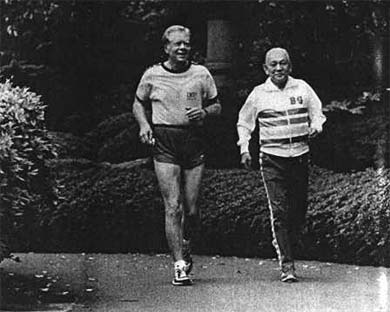
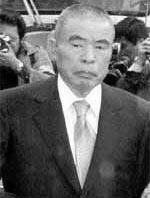
The following from a comment on reddit:
This interesting article on the "Lords of War" discusses Ryoichi Sasakawa, who called himself "the world's richest fascist", and was a major financial backer of the post-war Aikikai, and his cell-mate from Sugamo Prison, Yoshio Kodama, the ultra-nationalist Yakuza "fixer" who become known to the West during the Lockheed scandals.
Former International Aikido Federation chairman Peter Goldsbury recounts meeting Ryoichi Sasakawa:
"In 1984 I was elected IAF Assistant General Secretary, in succession to K Chiba Shihan. After this election an unusual episode occurred. I had a meeting with Kisaburo Osawa, who was General Director of the Hombu, and was requested to visit the Aikikai Hombu the following day. In particular, I was expected to wear a suit and tie and have with me my meishi [名刺: name cards] from Hiroshima University. I duly arrived at the Hombu and met Doshu Kisshomaru Ueshiba and Osawa Shihan. A car was waiting and Doshu got in and invited me to get in, too. We were seen off by Osawa Shihan and drove to Akasaka in the center of Tokyo and there met the IAF General Secretary, Mr Seko. After some coffee—and this was the only time ever that I was served coffee by the Aikido Doshu, who had insisted taking a tray and waiting in line at the senondescript building and were introduced to an elderly man with white hair, sitting behind a truly enormous desk. This was also the only time in my experience that I saw Doshu very much in the junior position, making a deep bow to someone who did not respond in kind. I was introduced and my meishi duly requested, with the white-haired man clearly showing his approval. After a few more minutes of mutual pleasantries, the meeting ended and we were driven back to the Aikikai Hombu. I was profusely thanked by Doshu and also by Osawa Sensei—and left the Hombu completely bewildered by what had happened. All I knew was that the white-haired man was known as Sasakawa Ryoichi Sensei. Later, back in Hiroshima, I asked my aikido teacher who Sasakawa Ryoichi Sensei was and he was very surprised that I had actually met him. He said that Sasakawa was the millionaire ‘godfather’ of Japan. He was an ex-war criminal who had made his fortune from betting and controlled a vast network of influence and contacts within the Japanese government establishment. I learned later that he regularly donated a substantial sum of money to the Aikikai and that this was the reason for our formal visit.
I mention all this because I also learned later that it was Ryoichi Sasakawa who suggested to Doshu Kisshomaru that the IAF join GAISF, which is the acronym for the General Association of International Sports Federations. I also realized that, coming as it did from Sasakawa, the suggestion was one that could not easily be rejected. The result was another source of acute bewilderment for Japanese teachers, who had taught their students that aikido did not have championships or competitions and could be called a ‘sport’ only if the term was being used extremely loosely. "
Aikido and the IAF: Some Personal Reflections, by former IAF Chairman Peter Goldsbury
Note that the Aikikai today continues friendly relations with the Sasakawa Foundation.
The attached CIA file notes that Kodama was strongly influenced by Morihei Ueshiba's close friend Shumei Okawa, who ran a pan-Asian indoctrination center for young Japanese men at which Morihei Ueshiba was an instructor.
Yoshio Kodama's CIA file
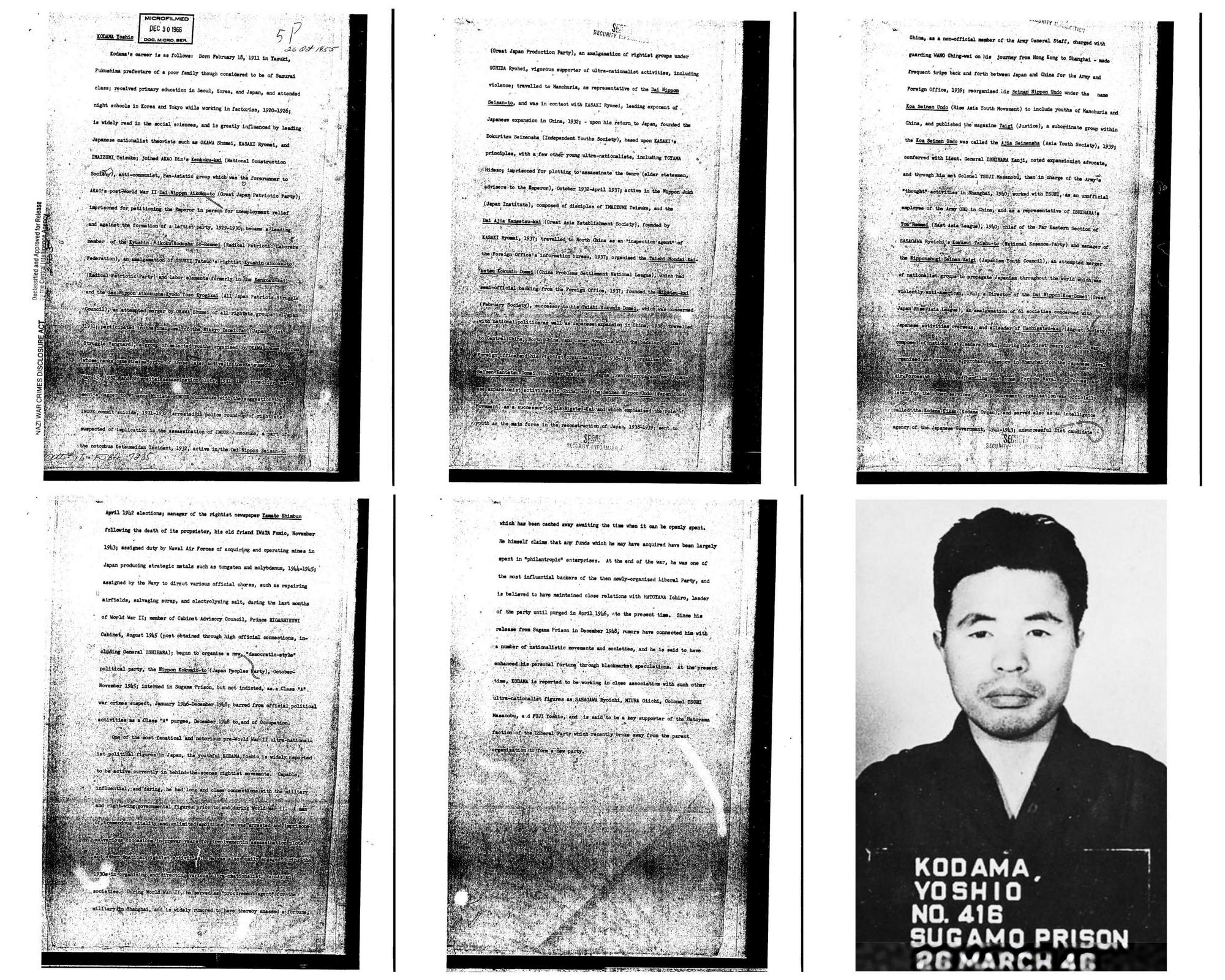
Morihei Ueshiba remained friendly with Okawa, who, along with Ryoichi Sasakawa and Yoshio Kodama, was held in Sugamo Prison as a class A war criminal. It's worth noting that Morihei Ueshiba maintained a close friendship with Okawa well after the war, until his passing in 1957.
Yoshio Kodama was also arrested in connection with the League of Blood Incident committed by Nissho Inoue, another associate of Morihei Ueshiba, and his terrorist group, the Katsumeidan, the "League of Blood".
Inoue was part of the inner circle of the Sakurakai terrorist group formed by Kingoro Hashimoto (who twice tried to overthrow the civilian government of Japan, once with Morihei Ueshiba's participation) that met at Morihei Ueshiba's Kobukan Dojo and included Taku Mikami (later responsible for the assassination of Prime Minister Inukai Tsuyoshi, and who would hide with Morihei Ueshiba in Iwama after the war), and the aforementioned Shumei Okawa.
Kodama was also connected to the Nihon Seinensya, which was founded in 1961, and remains today one of the largest right wing ultra-nationalist organizations in Japan. The Nihon Seinensya was established under the umbrella of the Sumiyoshi-kai yakuza syndicate through the effort of Morihei Ueshiba's close associate Kohinata Hakuro - at the time that this was happening Kohinata Hakuro was on the board of directors of the Aikikai Foundation. His assistant later said "wherever we went, East or West, the members of the Nihon Seinensya and the Sumiyoshi-kai treated him like a god". The Nihon Seinensya was attached to an activist division loyal to Yoshio Kodama under the Zen Nihon Aikokusha Dantai Kaigi right wing umbrella organization that Kodama himself established, the Seinen Shiso Kenkyukai (Society for the Study of Youth Ideology), which represented a hard core within the umbrella organization, and was composed mainly of yakuza members.
The Monument in honor of Ryoichi Sasakawa at the headquarters of the World Health Organization (WHO)
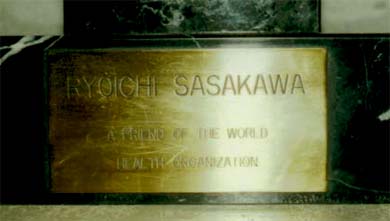
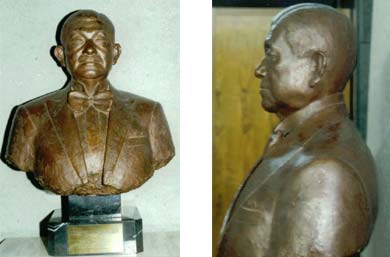

#Comment: The ways of Spectre are obfuscated and esoteric, yet with time its patterns become unmistakably clear.
